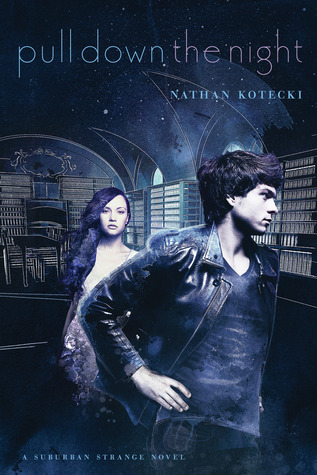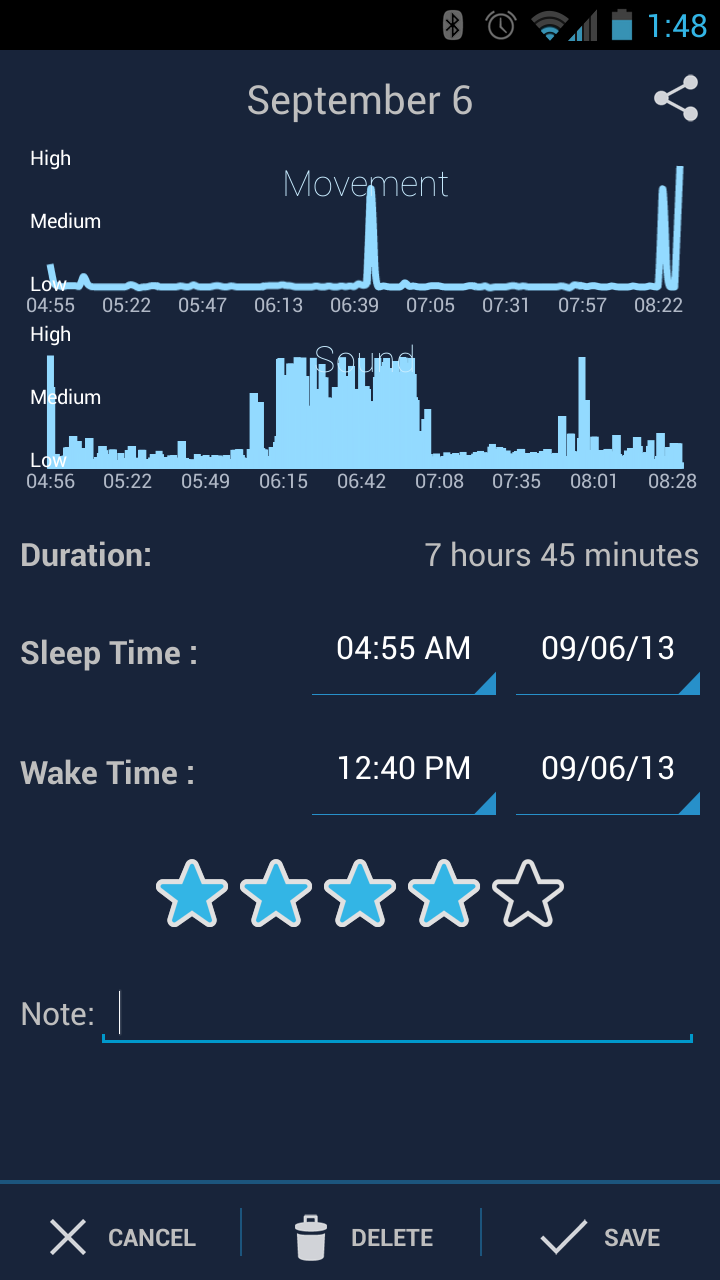June and July were very busy months for me and I learned a lot. I thought I’d share some of it with you. Here goes!
Maker Faire NC. I went to Maker Faire NC on June 7. It was my first Maker Faire ever and it was pretty amazing. I was rather overwhelmed by both the number of people and the amount of stuff to see, but I still managed to explore, try new things, and meet new people. At The Bored Zombie’s booth, I made my first quilt block.
[caption id=“attachment_1454” align=“aligncenter” width=“225”] My First Quilt Block[/caption]
My First Quilt Block[/caption]
This reminded me that I really enjoy sewing. I also bought the Learn to Solder Skill Badge Kit and learned that essential tremor and soldering aren’t good company for one another. My sister, Mary Elisabeth, made me a set of chain mail earrings with help from the good folks at Split Infinity Jewelry. Fueled by our Maker Faire fervor, she and I promptly went out and bought Aranzi Aronzo’s Cuter Book and supplies for making little felt stuffies, which we then promptly did.
Maker Faire was awesome and reaffirmed my affinity for the Maker Movement. I’ll definitely go back next year, and I hope to check out some local Maker Meetups soon.
Microsoft Office Mix. Have you checked out Microsoft Mix yet? It’s a supercool extension for PowerPoint that lets you make Khan Academy-style instructional videos and share them. I learned how to use this for a project at work. Here’s an example of a Mix I made - to show you how to upload your mix. How meta!
If I were still in the classroom, especially if I were in a 1:1 school, I would definitely use this for lessons students could come back to as often as they needed for reinforcement. I would also use it as an assessment, asking students to make their own Mixes to show me what they learned.
iBooks Author. Speaking of things I would totally use if I were still in the classroom, I learned to use iBooks Author to create incredible multitouch books. I hate that these are exclusive to the iPad, of course, and I hope to one day figure out how to build such things with HTML, but it can’t be denied that this tool is easy to use but also feature-rich. I highly recommend the Lynda.com iBooks Author Essential Training course, if it’s available to you. There’s also a series of iBooks Author for Teachers courses with Mike Rankin that might suit your needs. And Lynda.com does offer institutional memberships, so you might try to convince your school or system to throw a little Professional Development money their way to help you with technology integration.
Content Strategy. At work, I’m responsible for literally thousands of pages of open educational resources. Each of these pages includes a huge amount of information. Content strategy is going to help me organize it all. I’m just dipping my toe into the waters. If you work in any sort of web publishing situation, you should check it out.
Improv. You may have noticed that I stopped writing follow up posts after week 2 of my improv class. That’s not because I didn’t learn anything, but because everything from that point forward was deeper learning about stuff I’d already mentioned. Especially listening. I swear, improv teaches you to listen so hard. Since then, I’ve performed in my class showcase and in something called The Humor Games, which was beastly. From that experience, I learned that being a really good novice doesn’t mean you’re accomplished at something. Other improv performers who have been doing this a long time have an ease on stage that I just don’t yet. I’m game for anything and I go big, which means my improv is usually fun, but some of these performers just blew me away, and competing against them felt really hard. But now I’m taking Improv 201, refining my skill, and learning even more. But mostly still learning that you should really listen, already.
Crochet and Knitting. So this is half a cop-out. I already knew how to crochet. But I’ve been taking Kim Werker’s Crochet Basics and Beyond on Craftsy anyway, because I wanted to brush up on the finer points of crochet. Already I’ve learned how to make my stitches tidier. I also started Stefanie Japel’s Knit Lab. It’s a great class, but equally delightful to the class itself is the fact that it comes with the Knitter’s Handbook, an amazing in-depth resource with videos, images, and instructions for a variety of knitting techniques.
[caption id=“attachment_1459” align=“aligncenter” width=“225”] Crocheted Circles[/caption]
Crocheted Circles[/caption]
Thanks for reading all of that! I promise not to wait so long to update you on what I’ve learned next time.


 SleepBot[/caption]
SleepBot[/caption]